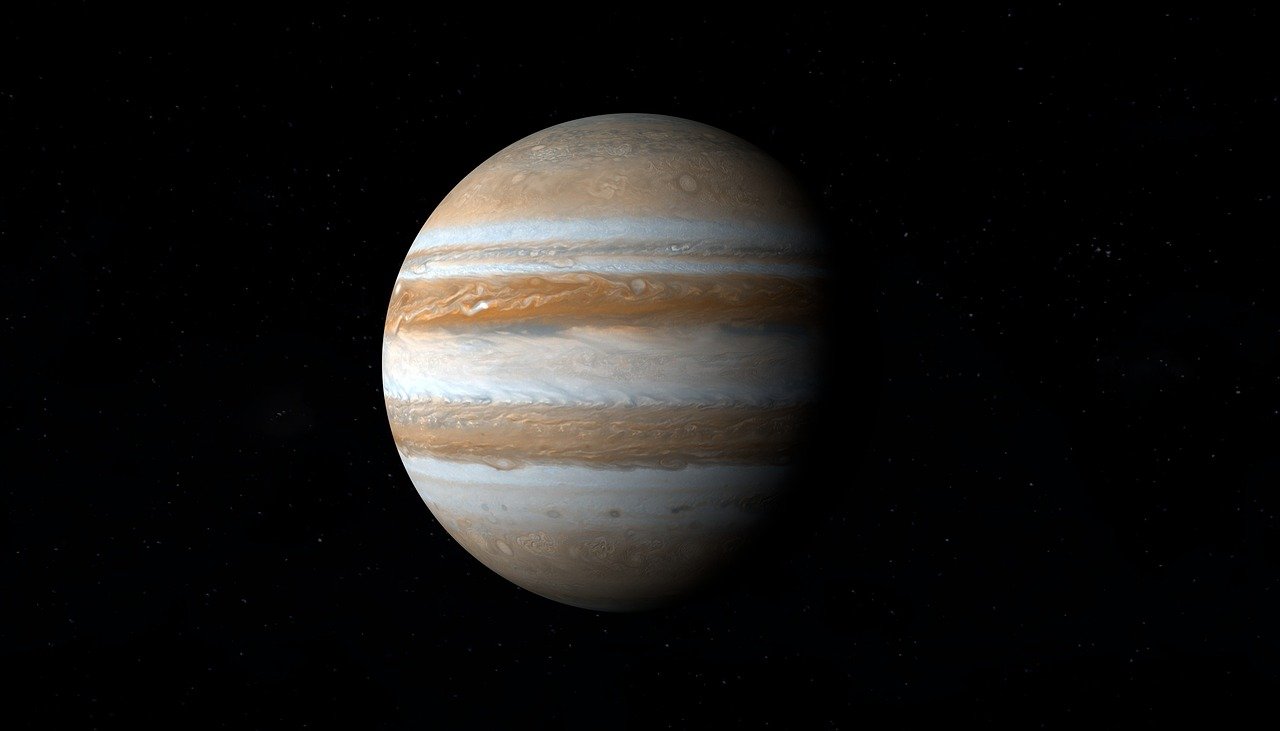A new scientific discovery has revealed that Jupiter, the largest planet in our solar system, used to be even more massive – about twice its current size. This means it could have held 2000 Earths inside it, compared to just over 1300 today. Not only that, Jupiter once had a magnetic field 50 times stronger than it does now.
This research, published on May 20, 2025, in Nature Astronomy, offers a fascinating look at Jupiter’s early history and how it shaped the solar system. Led by Professor Konstantin Batygin from the California Institute of Technology, the research team studied Jupiter’s small inner moons, Thebe and Amalthea. These tiny satellites move in orbits that are slightly titled, helping scientists track how Jupiter’s size and magnetic force have changed over time.
Instead of guessing how quickly Jupiter grew, the team focused on what its moons could reveal. By studying their orbits, the scientists found clues that Jupiter once had a much larger gas envelope. Over millions of years, the planet cooled down and contracted to its current size. Back then, its strong magnetic field would have greatly influenced the space and matter around it.
Jupiter’s powerful pull has always had a big impact on the solar system. This new insight adds to our understanding of how the giant planet may have helped shape the arrangement of other planets during the early days of space. The findings help explain how the solar system evolved after the cloud of gas around the sun began to clear.
Professor Batygin notes that this discovery gives researchers an important model to use when building theories about planet formation. Understanding Jupiter’s earlier size and strength helps scientists fill in missing pieces of how our solar system came to be.




















